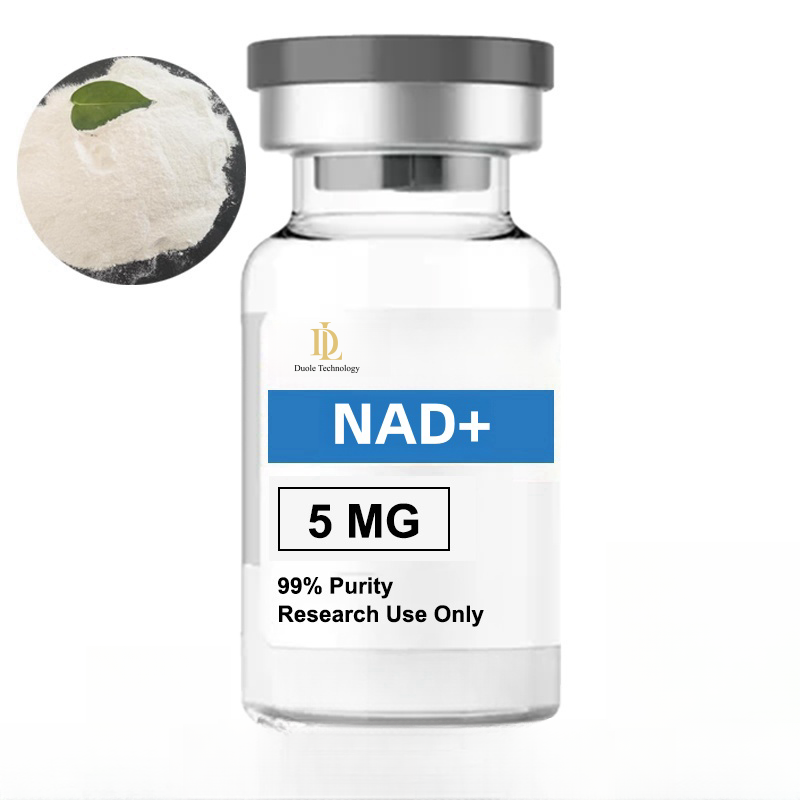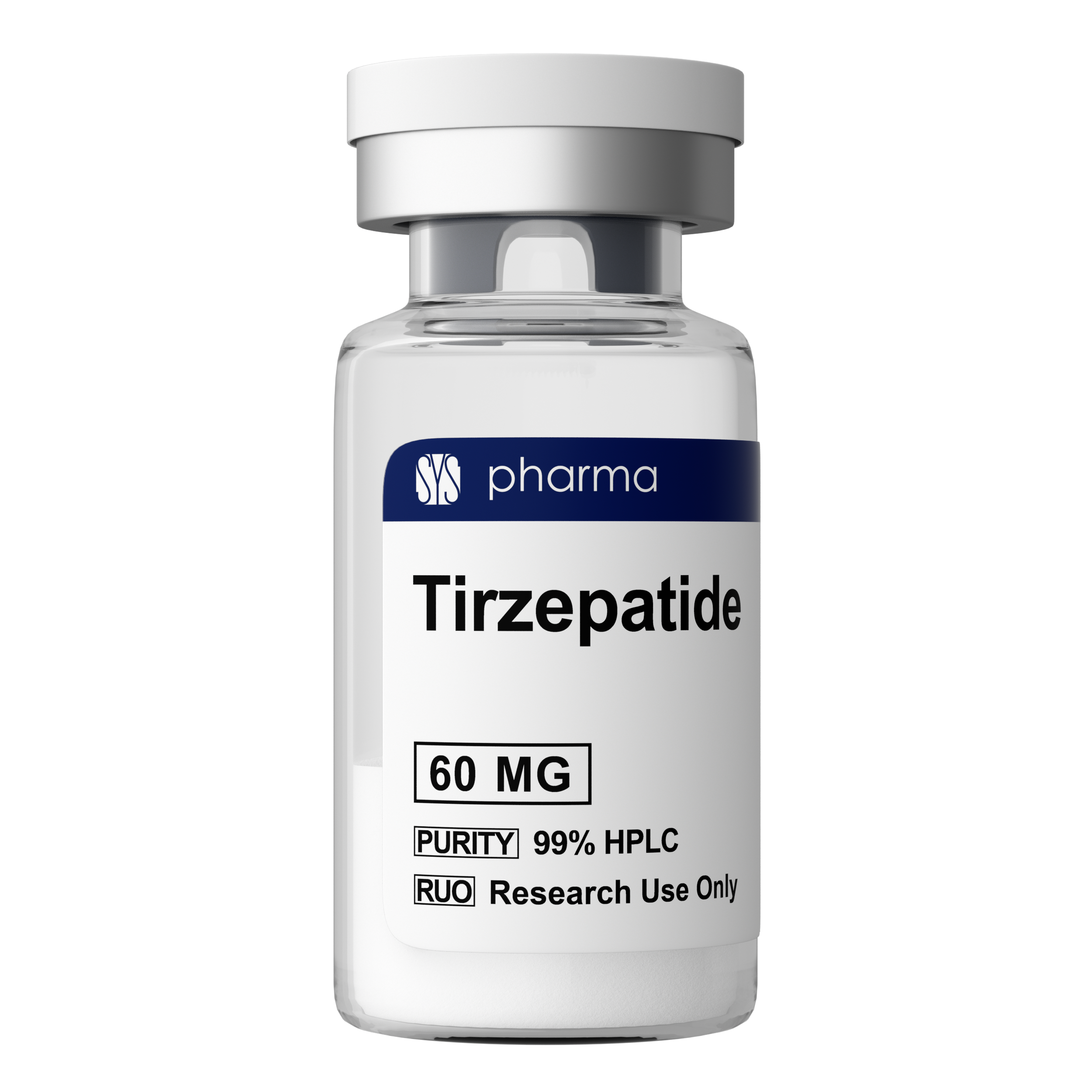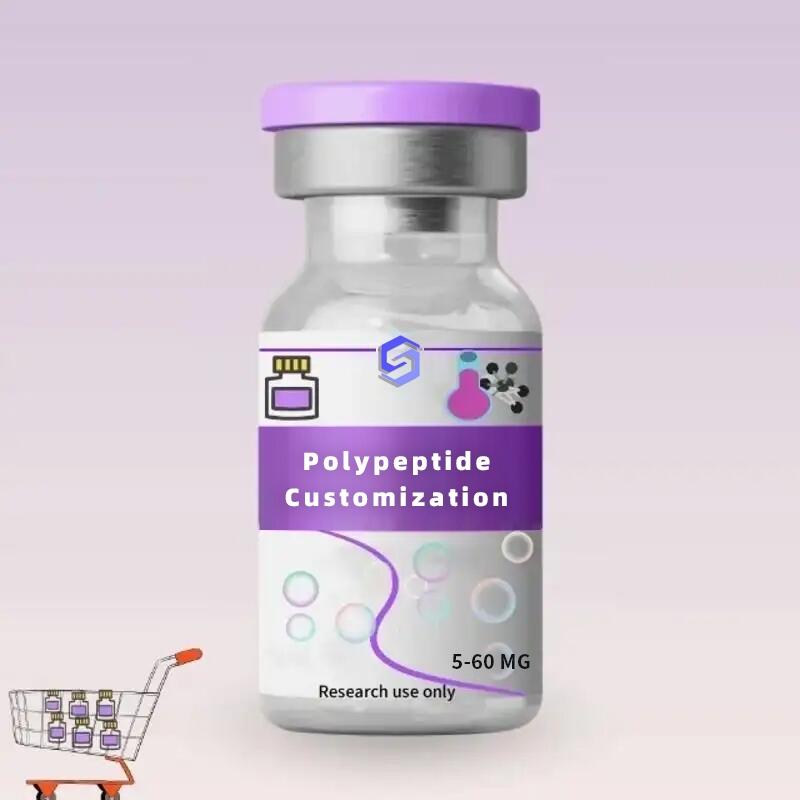-
Categories
-
Pharmaceutical Intermediates
-
Active Pharmaceutical Ingredients
-
Food Additives
- Industrial Coatings
- Agrochemicals
- Dyes and Pigments
- Surfactant
- Flavors and Fragrances
- Chemical Reagents
- Catalyst and Auxiliary
- Natural Products
- Inorganic Chemistry
-
Organic Chemistry
-
Biochemical Engineering
- Analytical Chemistry
-
Cosmetic Ingredient
- Water Treatment Chemical
-
Pharmaceutical Intermediates
Promotion
ECHEMI Mall
Wholesale
Weekly Price
Exhibition
News
-
Trade Service
Dl-norepinephrine-4-O-sulfate, also known as L-norepinephrine tyrosine 3-O-sulfate or NT3OS, is a chemical compound that is commonly used in the chemical industry.
It is a derivative of norepinephrine, a naturally occurring neurotransmitter in the body that plays a role in the regulation of blood pressure and other physiological processes.
One of the main applications of Dl-norepinephrine-4-O-sulfate is as a starting material in the production of certain types of dyes and pigments.
It is also used as a catalyst or catalyst precursor in various chemical reactions.
Despite its widespread use, there are concerns about the safety of Dl-norepinephrine-4-O-sulfate.
In this article, we will explore the potential risks associated with this chemical and discuss how they can be mitigated in the workplace.
- Potential health hazards
Dl-norepinephrine-4-O-sulfate has been shown to have potential health hazards when ingested, inhaled, or when it comes into contact with the skin.
Prolonged exposure to the chemical can cause irritation to the respiratory, gastrointestinal, and skin systems.
Inhalation of Dl-norepinephrine-4-O-sulfate can lead to coughing, wheezing, and shortness of breath.
Ingestion of the chemical can cause nausea, vomiting, and diarrhea.
Skin contact can lead to redness, itching, and blistering.
- Safety measures for handling
To minimize the risks associated with Dl-norepinephrine-4-O-sulfate, it is important to follow safety measures when handling the chemical.
This includes wearing appropriate personal protective equipment, such as gloves, goggles, and a face mask, to prevent skin and eye contact.
In addition, workers should avoid ingesting the chemical and should take steps to ensure that it does not enter their bodies through inhalation.
This can be achieved by using ventilation systems to provide fresh air and by ensuring that the work area is well-ventilated.
- Spillage and disposal procedures
In the event of a spillage, it is important to clean up the area as quickly as possible to prevent the chemical from spreading.
This should be done carefully, with workers wearing appropriate personal protective equipment.
The chemical should be disposed of in accordance with local regulations and guidelines.
In some cases, this may require the use of specialized disposal methods to prevent harm to the environment.
- Training and education
To ensure the safe handling and use of Dl-norepinephrine-4-O-sulfate, it is important to provide workers with appropriate training and education.
This should include instruction on the potential health hazards associated with the chemical, as well as the proper techniques for handling and disposal.
In addition, workers should be regularly reminded of the risks associated with the chemical and should be encouraged to report any incidents or near-misses.
- Conclusion
While Dl-norepinephrine-4-O-sulfate has a number of useful applications in the chemical industry, it is important to recognize the potential health hazards associated with its use.
By following appropriate safety measures and providing workers with proper training and education, it is possible to minimize the risks and ensure a safe and healthy workplace.
If you have any questions or concerns about the safety of Dl-norepinephrine-4-O-sulfate, it is recommended that you consult with a qualified safety professional or environmental consultant.
They can provide you with additional guidance and advice on how to handle the chemical safely and in compliance with relevant laws and regulations.







